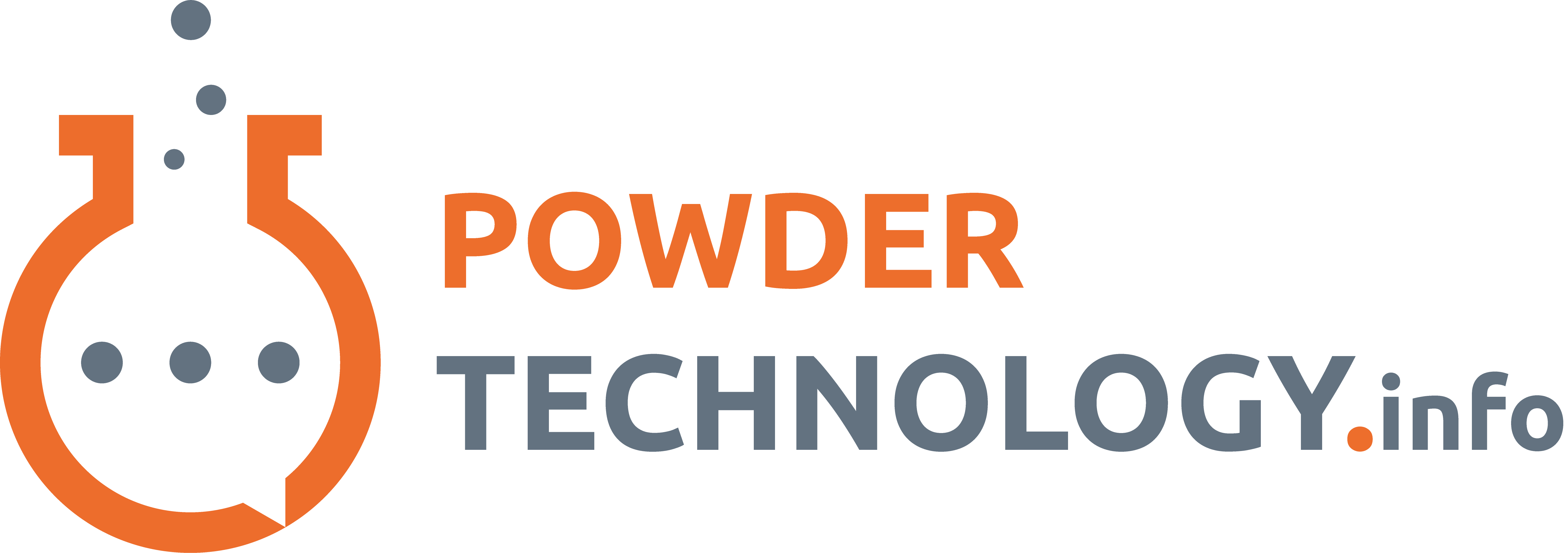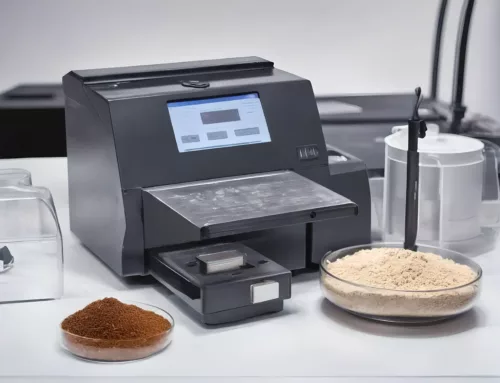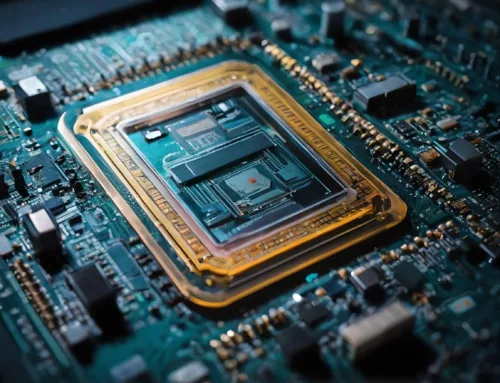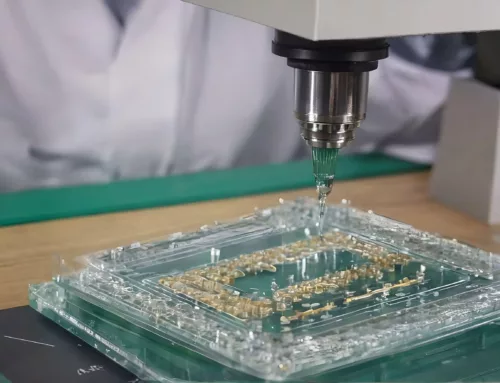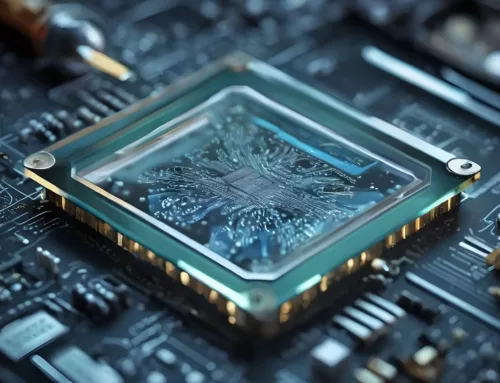In a recent scientific endeavor, researchers at Harvard University have unveiled an innovative method for bonding hydrogels and polymeric materials using chitosan, derived from shellfish exoskeletons. Hydrogels, intricate water-swollen networks, exhibit immense potential in biomedical realms due to their ability to mimic tissue mechanics and chemistry. However, the challenge of securely attaching hydrogel polymers has impeded their widespread application in medical contexts.
Novel Chitosan Bonding Method
Traditional bonding techniques often yield weaker adhesion over time or necessitate intricate procedures. The newly introduced approach leverages thin chitosan films, known for their exceptional adhesive properties. Through meticulous biomaterial screening, researchers identified chitosan films capable of establishing robust bonds with hydrogels, surpassing conventional methods in adhesive strength.
Mechanism of Bond Formation
This bonding mechanism operates via a combination of physical and chemical interactions, including electrostatic forces and hydrogen bonding, distinct from conventional covalent bonding approaches.
Implications for Biomedical Applications
The study’s implications span diverse medical domains, from tissue engineering to drug delivery and wound healing. Of particular note is the potential for self-adhering tissue wraps in challenging anatomical regions, offering enhanced wound care and patient outcomes. Moreover, the technique holds promise in preventing fibrotic adhesions during surgical procedures, addressing a critical clinical need.
Research Publication
Published in the Proceedings of the National Academy of Sciences, the research underscores the transformative potential of bioinspired engineering in healthcare. Led by senior author David Mooney, Ph.D., the study represents a collaborative effort involving multidisciplinary researchers.
Conclusion
This pioneering work highlights the importance of innovative bonding techniques in advancing biomaterial science and expanding the frontiers of regenerative medicine and surgical care. As the field continues to evolve, chitosan-based bonding methods are poised to drive forward transformative developments with profound implications for healthcare.
More information: Instant tough adhesion of polymer networks, Proceedings of the National Academy of Sciences (2024).
DOI: 10.1073/pnas.2304643121. doi.org/10.1073/pnas.2304643121
